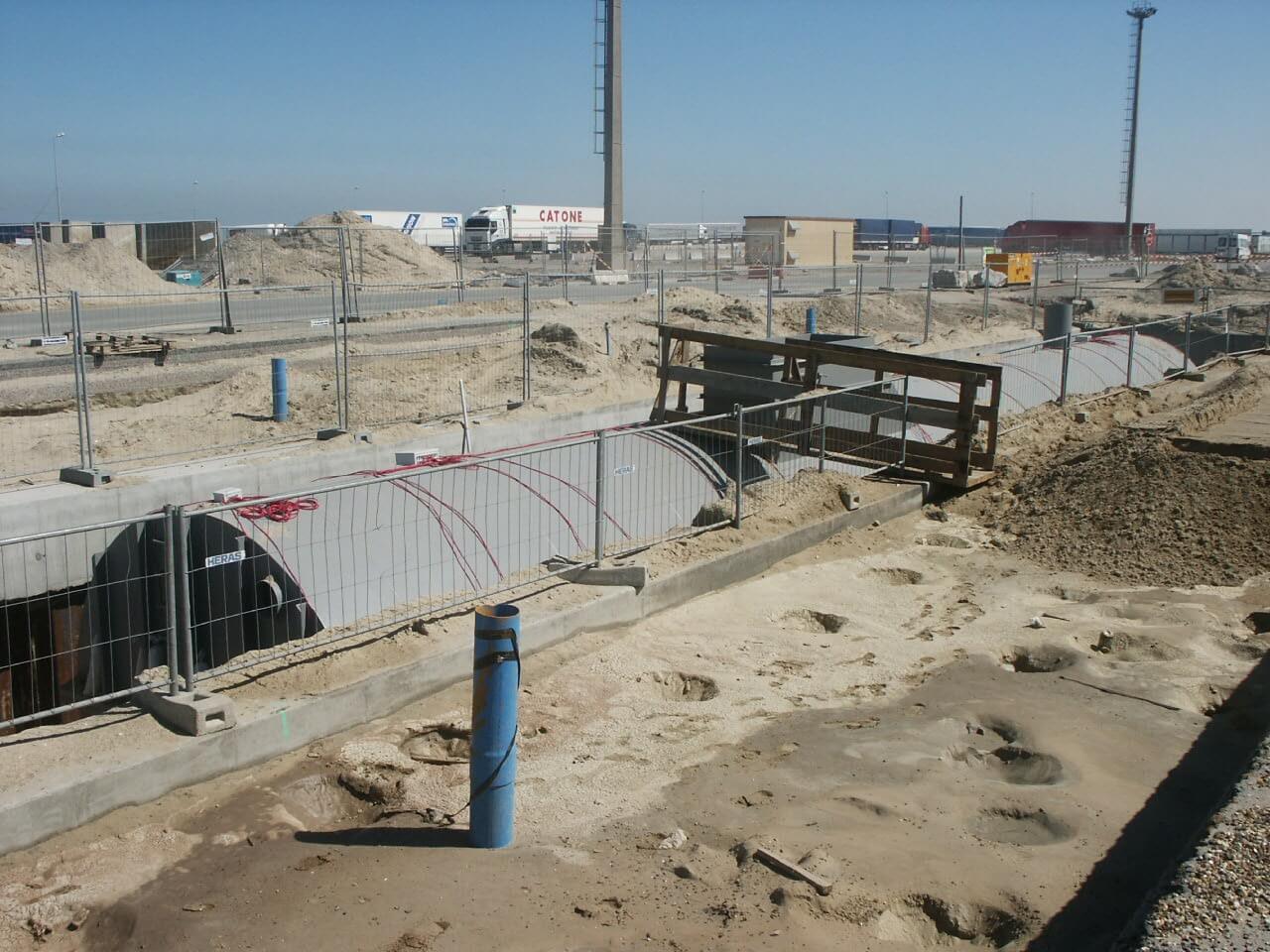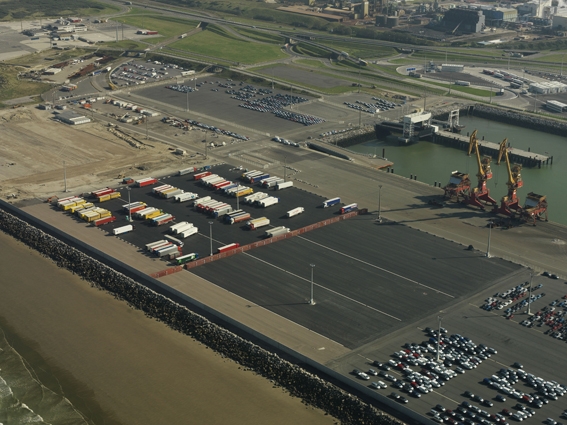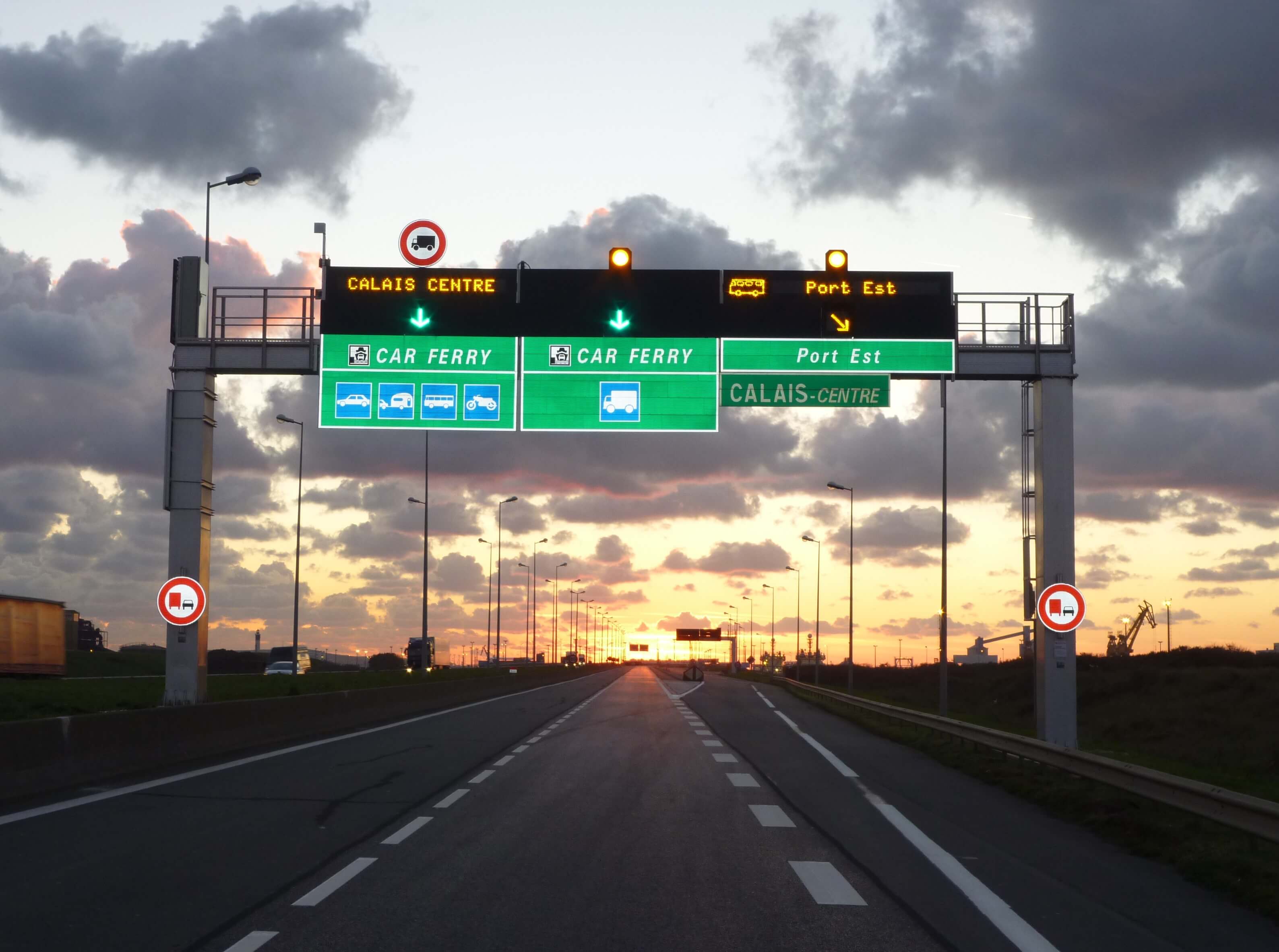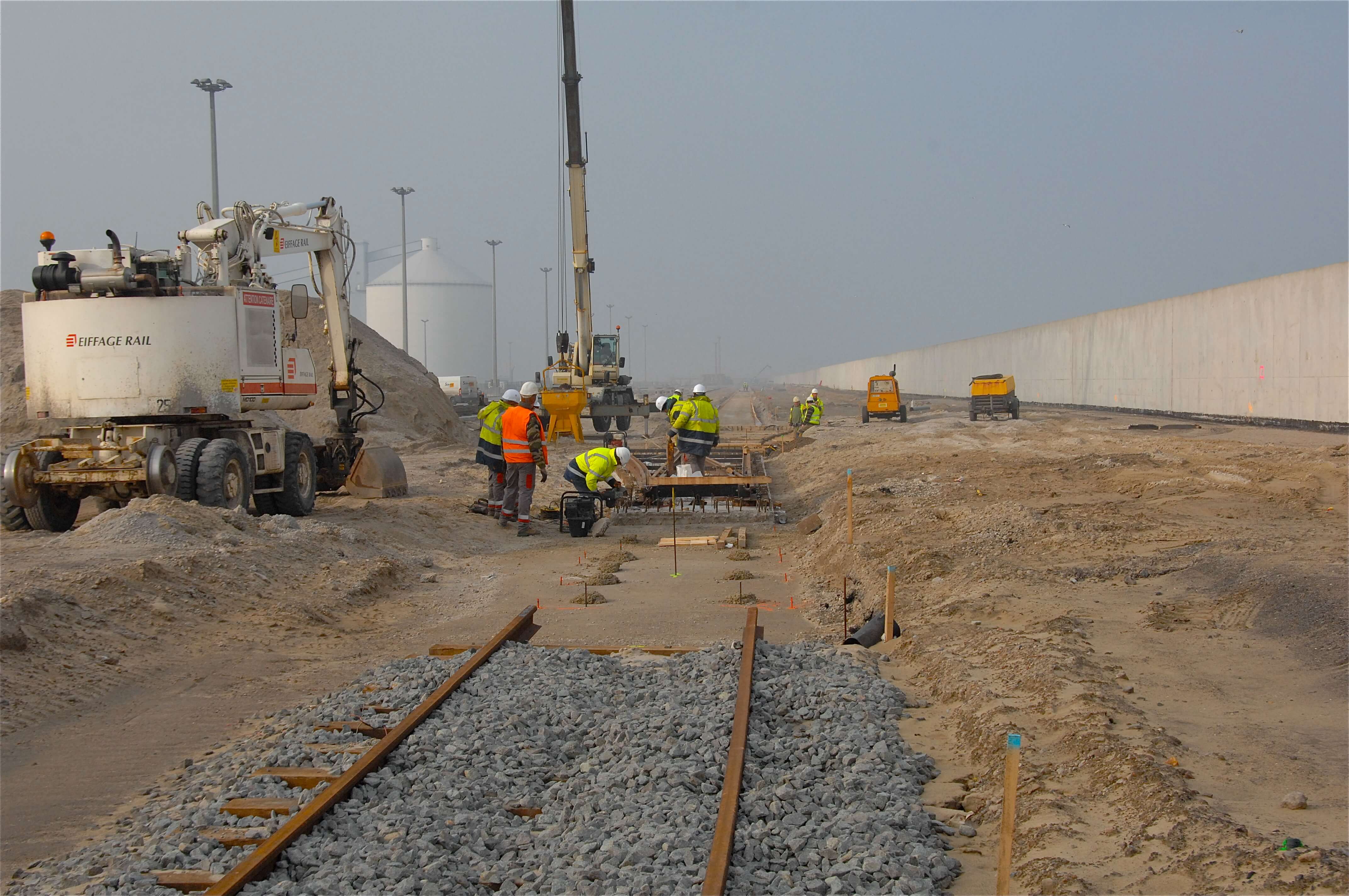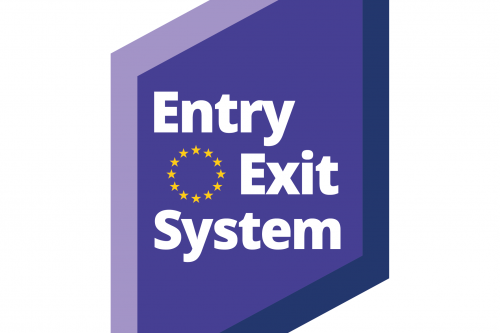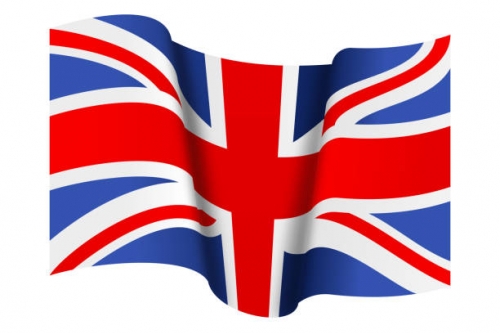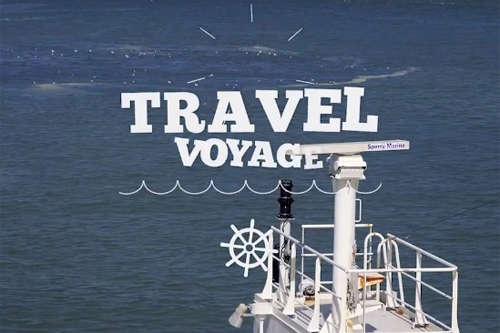Europe projects
Europe provides Boulogne Calais Port with support to carry out its projects.
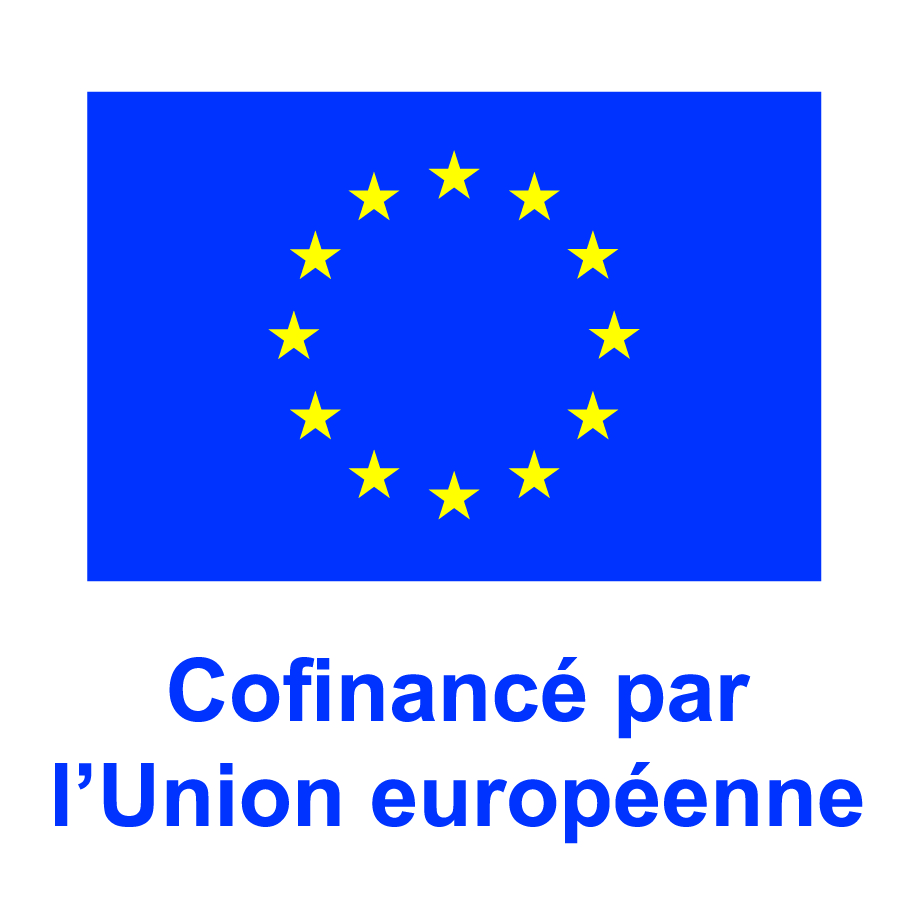
The European IGFV fund (Instrument for Financial Support for Border Management and Visa Policy) finances in particular the management of the European Union’s external borders. It helps ensure a high level of internal security within the Union while preserving the free movement of people. The IGFV also contributes to a common, harmonised visa policy and introduces protective measures for vulnerable people arriving in Europe.
To this end, several European regulations have been adopted to create new European information systems, including the Entry-Exit System (EES).
These regulations provide for the recording of data relating to the entries and exits of Representatives of Third Countries who cross the external borders of Member States.
The implementation of the entry-exit system implies, for each traveller concerned:
• the creation of an individual file in a European database, made up of biographical (surname, first name(s), date of birth, place of birth), documentary (passport number) and biometric data (facial photograph, digital fingerprints of the four fingers of the right hand);
• with each visit, electronic stamping (which will replace the manual stamping of passports) of the file, in the form of creation of an entry form, exit form or entry refusal form
The Port of Calais, by the nature of its activity which involves exchanges of passengers and goods between the European Union and United Kingdom, a third country, represents a point of entry and exit from the Schengen area. Consequently, to adapt its infrastructure to the implementation of the EES system and control of all travellers passing through its facilities, Port Boulogne Calais has obtained funding from the European Union for an amount of €4,801,680 (total amount: €5,335,200) from the funds of the IGFV programme.
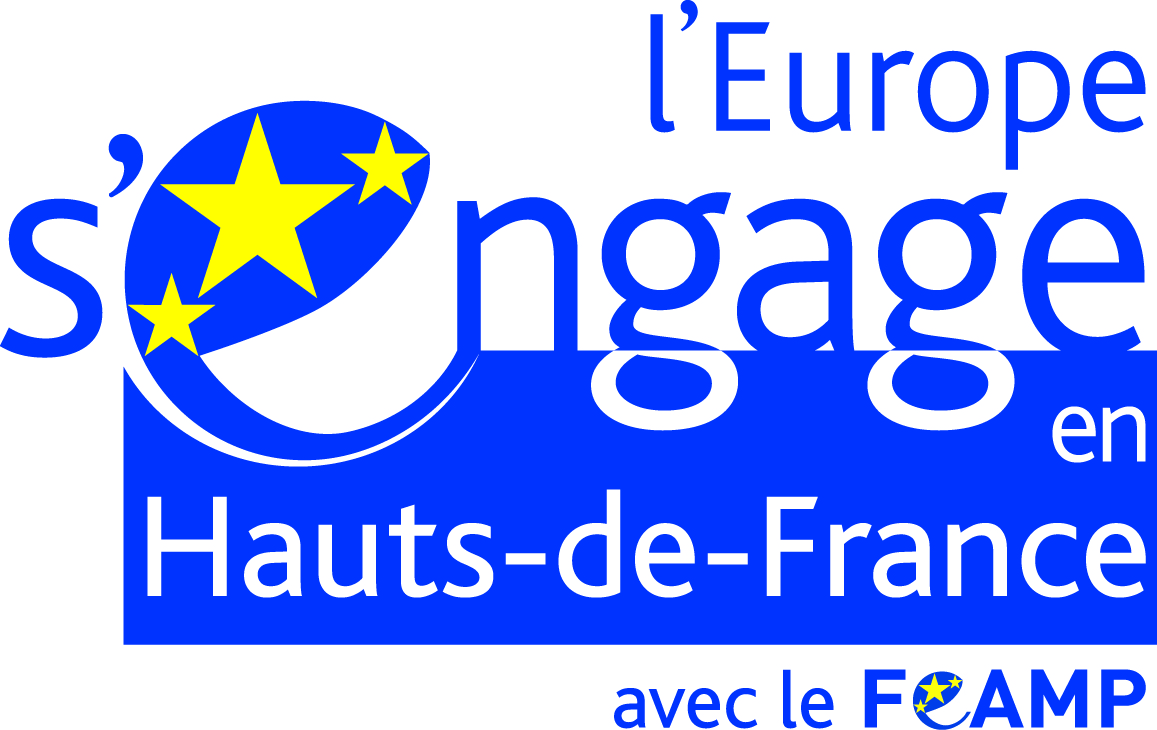
The European Maritime and Fisheries Fund (EMFF) provides financial support to the fishing sector and coastal populations to help them adapt to changes and stimulate their economic development while respecting the environment.
It operates within the common fisheries policy and integrated maritime policy.
Port Boulogne Calais has obtained aid under measure 62 "Implementation of local development strategies led by local actors" from the European Maritime and Fisheries Fund (EMFF) for the period 2014-2020 for its port site of Boulogne-sur-Mer.
These funds made it possible to co-finance the construction of an enclosure specially designed for UFG (Used Fishing Gear) equipped with big bags and pallet skips provided for boats, making it possible to recover this waste to the tune of €9,753.20.

The European Maritime and Fisheries Fund (EMFF) provides financial support to the fishing sector and coastal populations to help them adapt to change and stimulate their economic development while respecting the environment.
It is part of the Common Fisheries Policy and Integrated Maritime Policy.
Port Boulogne Calais has been granted assistance under Measure 43 "Fishing Ports, Landing Sites, Auction Halls and Shelters" from the European Maritime and Fisheries Fund (EMFF) for the period 2014-2020 for its port site in Boulogne-sur-Mer.
These funds enabled the co-financing of the process for the new fish packaging washing centre to the tune of 300 000 euros (total investment in the new infrastructure: 3.4 million euros) and the construction of a net repair yard for fishermen to the tune of 240 000 euros (total investment: 800 000 euros).

BRIDGE is a joint project by the ports of Calais and Dover to develop the Calais/Dover sea link and a coordinated strategy for the two ports.
Its purpose is to strengthen European cohesion by linking the United Kingdom to the continent (northern France, Benelux, north-eastern Spain), thus enabling a rail – road – short-sea shipping connection.
European funds obtained under the TEN-T programme (€4 million for the Port of Calais) helped co-finance the development of a cross-Channel berth (No. 7) to handle the new generations of ferries (current and future), and the construction of a multimodal platform.
The rail superhighway linking Calais to Boulou (Perpignan) was inaugurated on 23.10.15 and will enter service on 12.01.16 with, initially, one round trip each day and then two by the summer of 2016 – representing a capacity of 40 semi-trailers per train set and a modal shift estimated at 36,500 trailers.
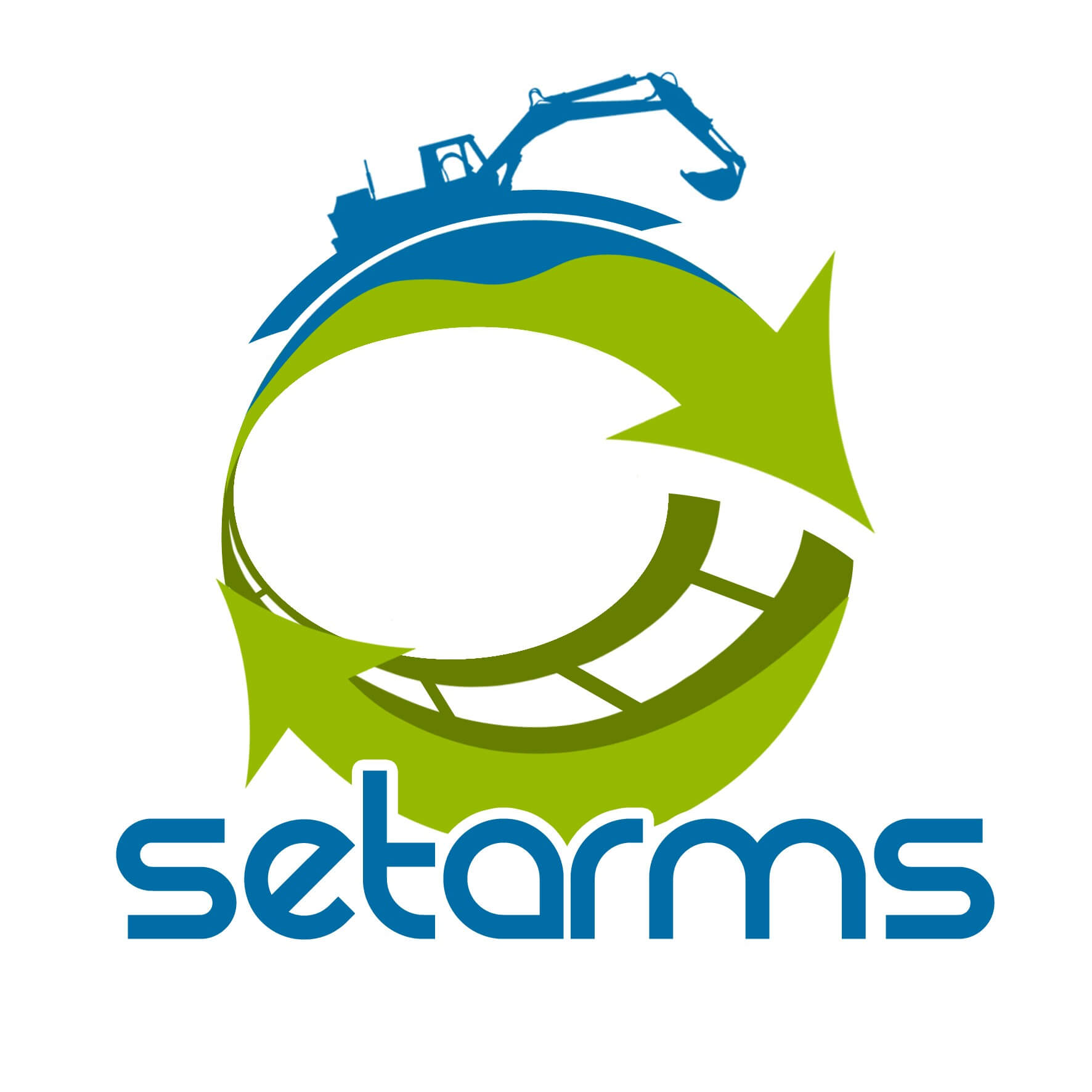
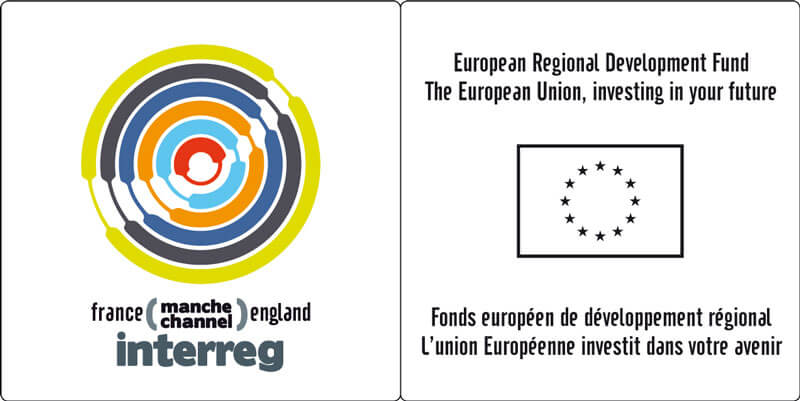 The purpose of the SETARMS project (Sustainable Treatment and Reuse of Marine Sediment) is to seek common solutions for dredging and sediment management.
The purpose of the SETARMS project (Sustainable Treatment and Reuse of Marine Sediment) is to seek common solutions for dredging and sediment management.
It got under way in 2010 and was completed in 2014.
The English Channel is known as one of the busiest sea lanes in the world. To be able to berth increasingly large modern ships and prevent ports from silting up, large-scale dredging is constantly required in order to maintain and expand access to ports.
The SETARMS project allowed the project partners to work for the economic development of local Channel ports by providing modern, low-cost environmental solutions for the management of dredged sediment, based on sound scientific data.
This partnership brought together eleven French-English partner (including APLM, the project leader). The Port of Calais joined the project as an observer partner.
Find out more about the SETARMS project
Download the SETARMS project brochure
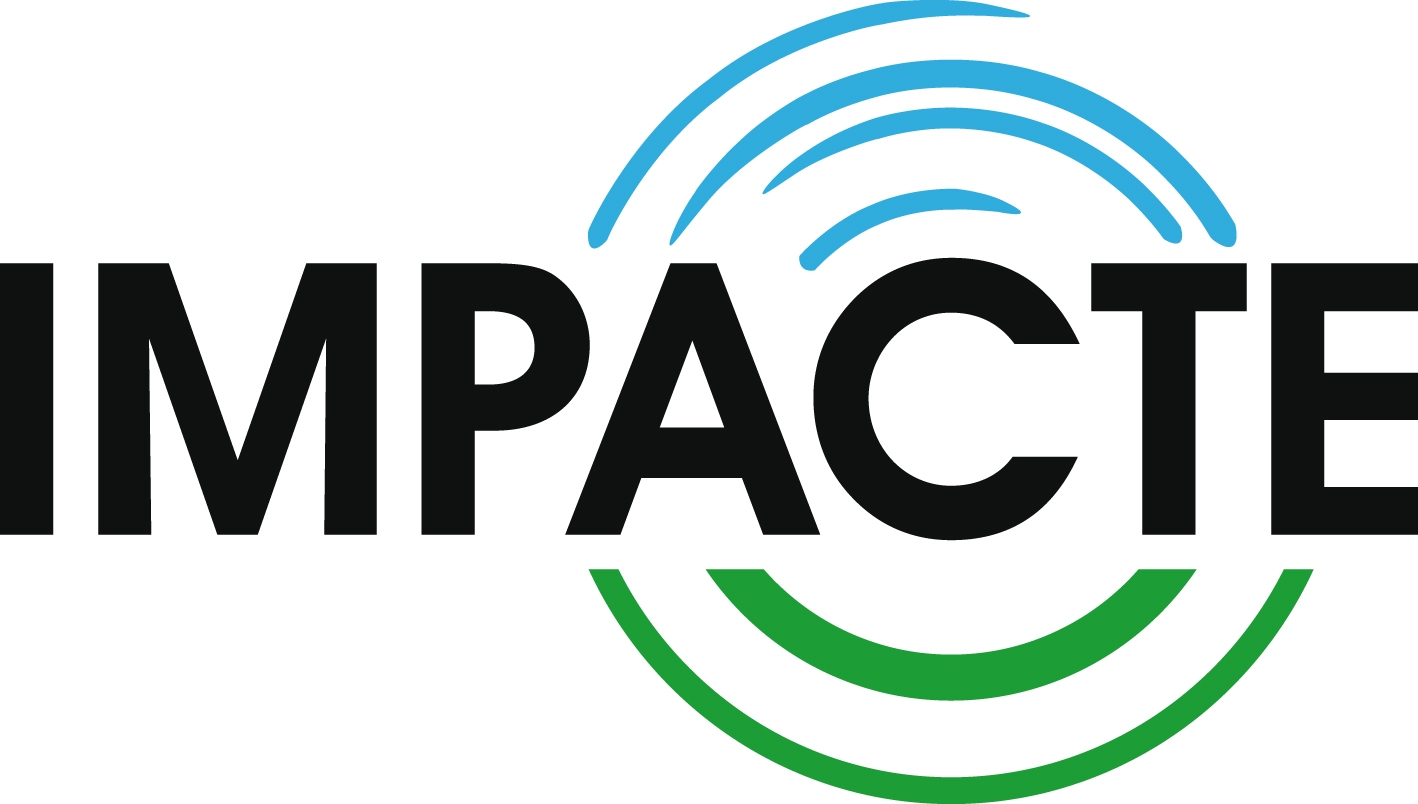 | 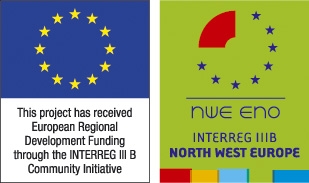 |
The purpose of the IMPACTE project (Intermodal Port Access and Commodities Transport in Europe) was to optimise the role of the Channel ports in the economic development of their hinterland and to promote the sustainable distribution of cross-Channel freight in North-West Europe.
Launched in June 2005, IMPACTE – the Interreg IIIB NWE programme - was completed at the end of June 2008. It brought together 26 British, Belgian and French partners.
The project funded 21% of the costs involved in:
The development of a logistics platform in the East Port;
The development of a surface runoff treatment plant (East Port) to prevent any discharge into the sea;
A feasibility study on the potential for technically adapting two CAILLARD 900 cranes to handle containers loaded onto combined passenger and cargo vessels;
A study on the potential for development of RoRo traffic and cross-docking in the Port of Calais;
A study on the potential for creating Short-Sea Shipping services between Calais and the ports of the North Sea and Baltic Sea.
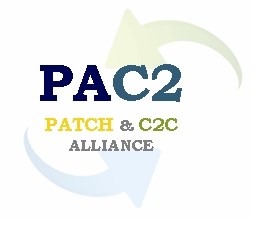
Led by the Port of Ostende, the PAC2 cluster (01/03/2014 – 31/08/15) includes the ports of Ramsgate, Portsmouth, Calais, Zeebruges, Newhaven, Dover, Zeeland Seaports, the Province of West Flanders, and Suffolk County (phase 2).
Fully funded by the Interreg IV A 2 Seas programme, the cluster includes the PATCH (Ports Adapting to Change) and C2C (Connect to Compete) projects. The aim is to exploit the results and effects of these two projects so that ports can focus on a low-carbon economy, innovation, energy efficiency and adaptation to climate change.
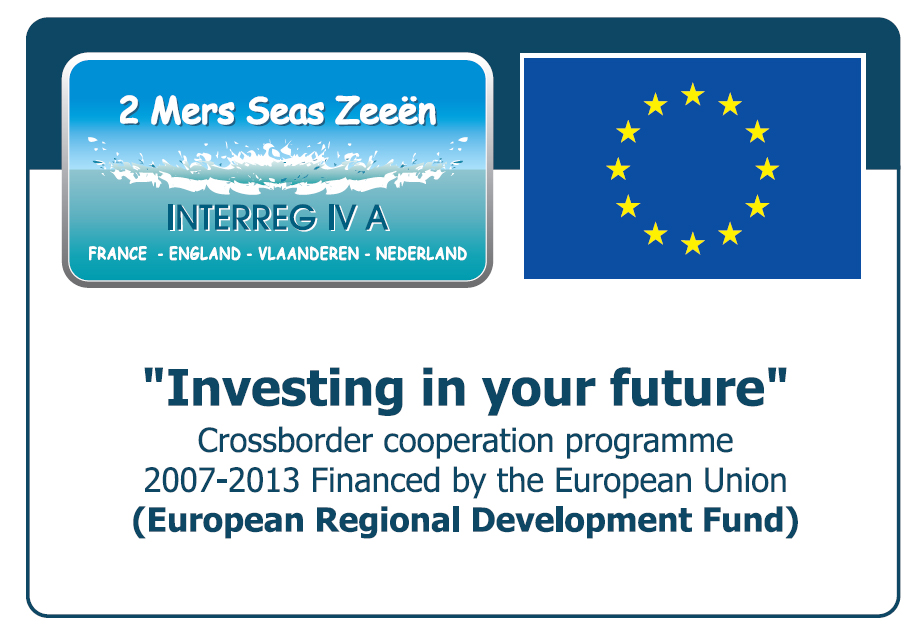 With this in mind, Calais has produced a video (Phase 1 of the cluster) for users of the port and the ten million travellers who pass through it each year, promoting the Calais/Dover cross-Channel sea link, the efficiency of traffic flow management, and the sustainable and multimodal nature of the port.
With this in mind, Calais has produced a video (Phase 1 of the cluster) for users of the port and the ten million travellers who pass through it each year, promoting the Calais/Dover cross-Channel sea link, the efficiency of traffic flow management, and the sustainable and multimodal nature of the port.
In Phase 2, Calais carried out a study on the logistics of scrubber waste removal.
Find out more about Cluster PAC 2 project
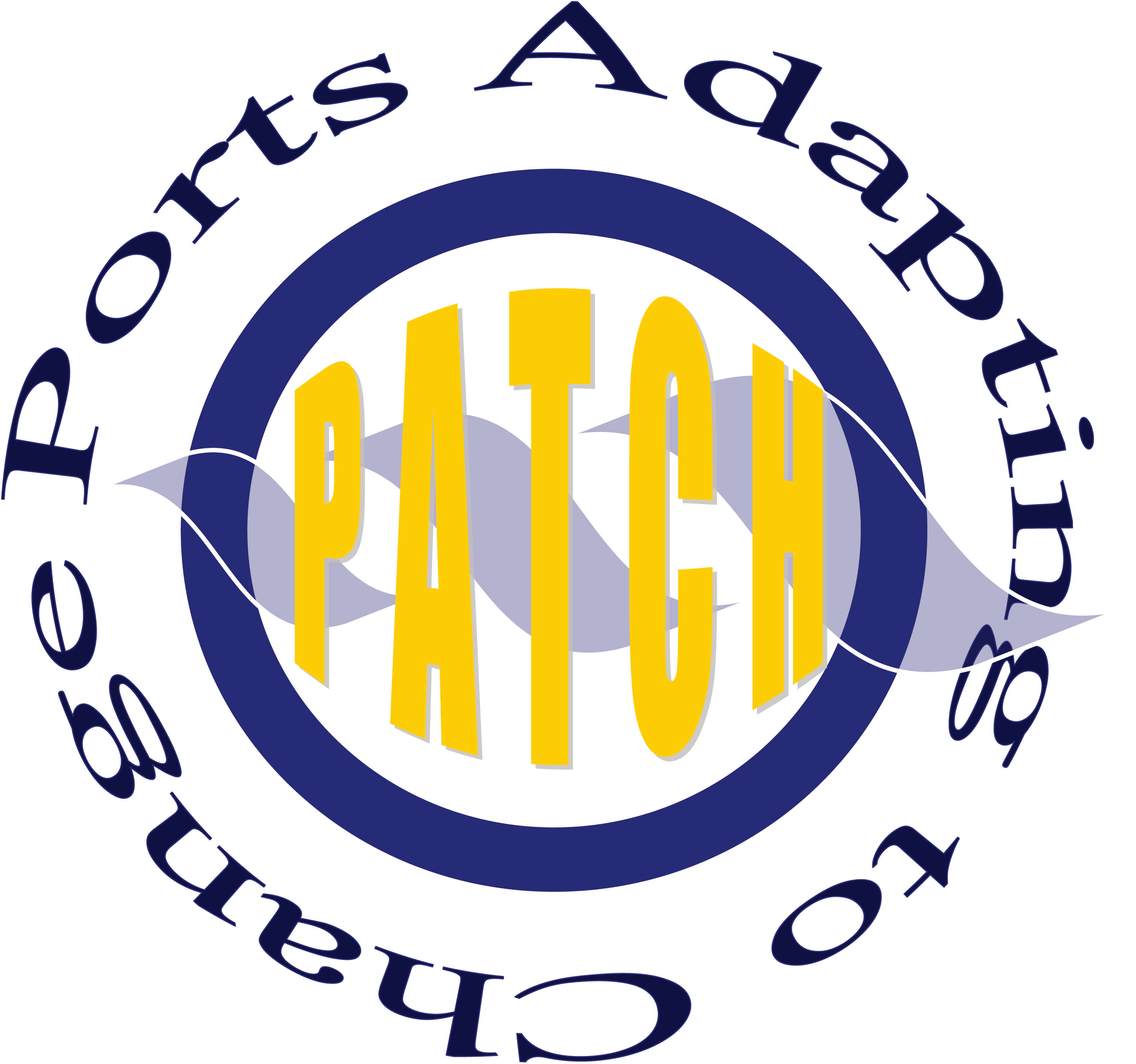
 The purpose of the PATCH Project (the acronym for Ports Adapting To Change) is to adapt port strategies and development plans to the growth forecasts for the cross-border trade of goods in the Channel and the southern part of the North Sea, while taking into account environmental issues.
The purpose of the PATCH Project (the acronym for Ports Adapting To Change) is to adapt port strategies and development plans to the growth forecasts for the cross-border trade of goods in the Channel and the southern part of the North Sea, while taking into account environmental issues.
The project forms part of the INTERREG IVA - 2 Seas programme. Launched in 2009, it was completed in 2012. It involved nine partners including seven ports (Zeebrugge, Ostende, Calais, Portsmouth, Ramsgate, Newhaven, and Zealand Seaports).
The Patch project helped co-finance:
- The installation of Variable Message Signboards and a Traveller Information System on the ring road used to access the port and the port perimeter, and equipment to increase traffic fluidity and thus reduce greenhouse gas emissions.A videosurveillance tower (in the East ring-road bend) provides data to make traffic smoother. It is powered by wind and solar energy.
- A study of dynamic traffic flow management (launched in October 2010) for commissioning of the Variable Message Signboards.
- A study (launched in January 2011) of the potential for using renewable energy in the Port of Calais, focusing more on innovative solutions and technologies in the Research and Development phase (use of electrokinetic road ramps – recovering energy when passed over by trucks and vehicles, the use of sea energy, recycling, etc.).
- A technical and financial feasibility study (launched in December 2010) on the electricity supply to ships at berth (cold ironing) during loading / unloading operations.
Find out more about the PATCH project
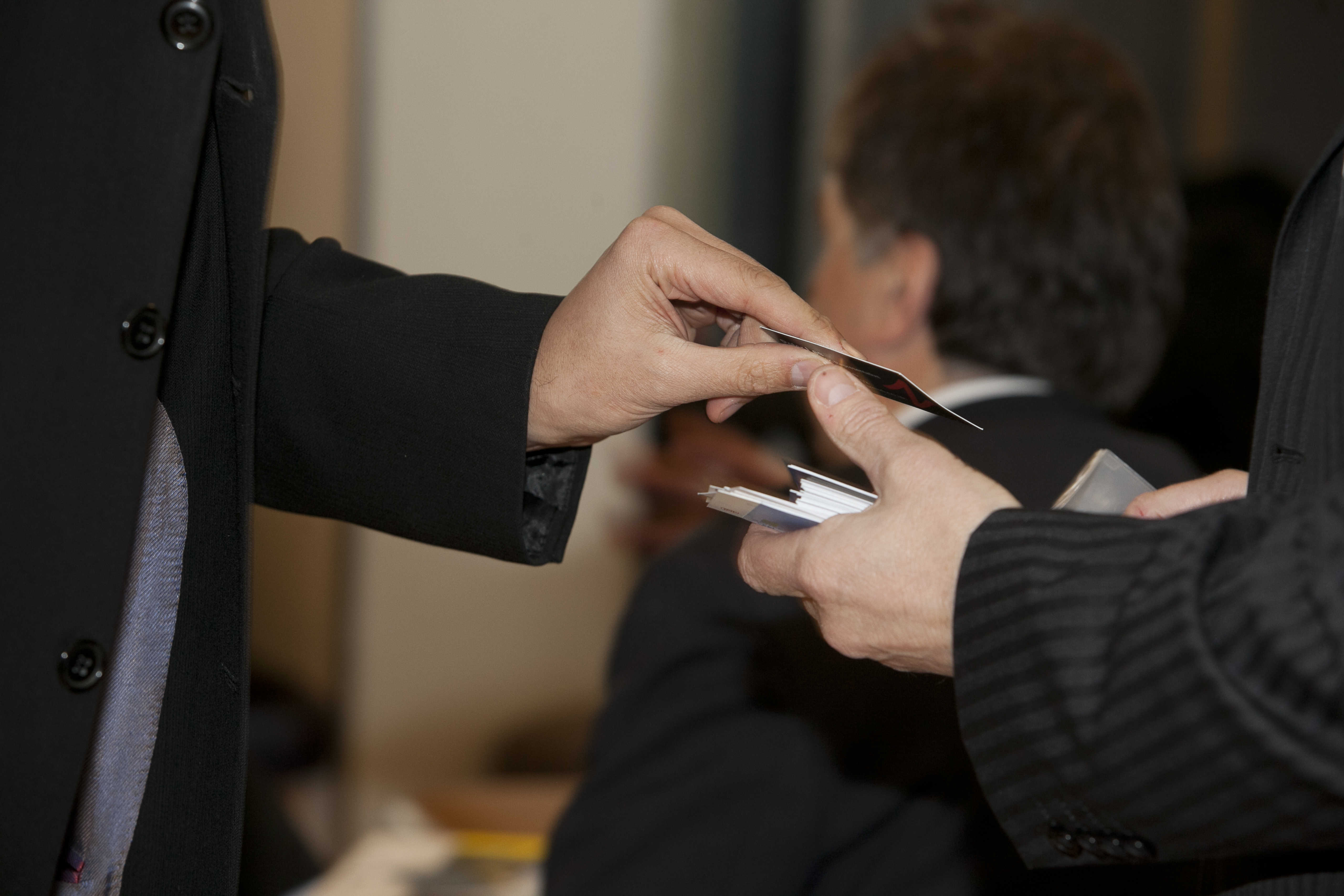 As part of the PATCH project, on 9.02.12 Calais held a B2B meeting day concerning eco-innovation in port infrastructure and logistic equipment of the future. During a crossing between Calais and Dover and a speed working session on board Spirit Of Britain, the guests were able to learn more about the innovations that drive port logistics, and to meet innovative companies in this sector of activity.
As part of the PATCH project, on 9.02.12 Calais held a B2B meeting day concerning eco-innovation in port infrastructure and logistic equipment of the future. During a crossing between Calais and Dover and a speed working session on board Spirit Of Britain, the guests were able to learn more about the innovations that drive port logistics, and to meet innovative companies in this sector of activity.
 |  |
The EMDI project (Espace Manche Development Initiative), federating the Channel ports, resulted in the Association of Local Channel Ports (APLM, on the French side) and the Federation of Regional and Local Channel Ports.
As the successor to the Channel Arc Manche project and within the framework of the INTERREG III B NWE-ENO programme, the purpose of the project was to create a common identity on both sides of the Channel by defining cooperation programmes involving maritime activities.
Several ports have chosen to address specific issues identified by EMDI as part of a future project: SETARMS.
The Port of Calais, a member of the APLM, joined the project as an observer partner.
Find out more about the EMDI project
Find out more about the Association of Local Channel Ports.
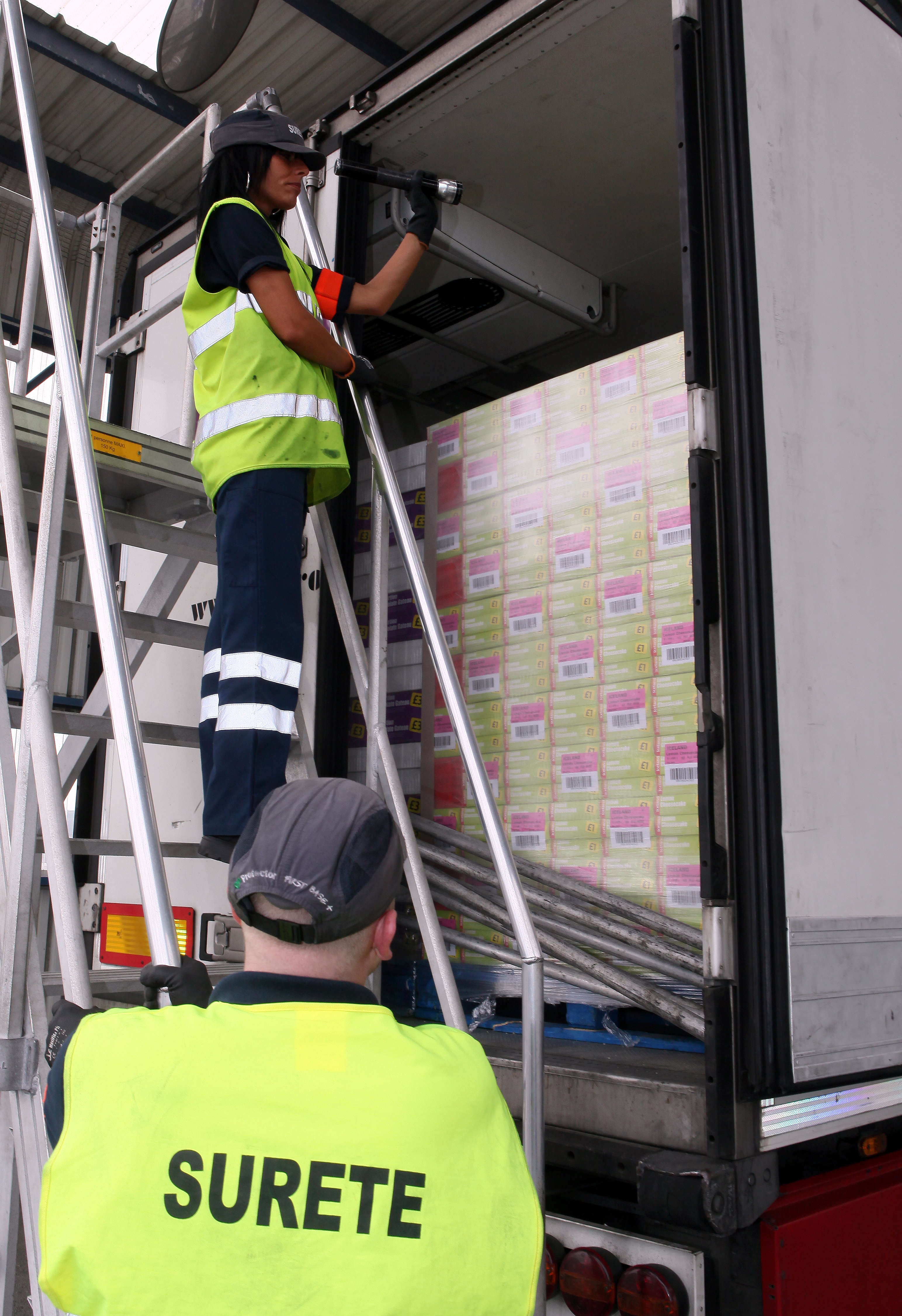
Completed in 2007, the EPOS project (Interreg IIIB NWE Programme) focused on maritime safety and port security. The partners in the project were the Calais Chamber of Commerce and Industry, the Port of Ostend and the British Home Office.
The Port of Calais invested €2.7 million in video surveillance and checking vehicles during boarding. €1.3 million were provided by European Funds.

FLIP (Fostering Long-Term Initiatives for Ports) was approved on 11 April 2013 and officially launched on 13 June 2013. It is 50% funded by the ERDF (European Regional Development Fund) within the framework of the French-British Cooperation Programme Interreg IVA France (Channel) England.
FLIP was completed on 30/06/2015.
Managed by the Conseil Départemental de Seine-Maritime, it brings together: Département des Côtes d’Armor, Université du Havre, Association des ports locaux de la Manche, Syndicat Mixte du port de Dieppe, the Opal Coast Chamber of Commerce and Industry - Boulogne-sur-Mer Port, Syndicat Mixte du Port du Légué, Newhaven Port and Properties (NPP), Canterbury City Council and Torbay Council.
FLIP aims to:
Strengthen and increase cooperation between ports, businesses and port towns,
Foster long-term cross-border collaboration between small and medium-sized ports along the Channel, promoting innovation and the diversification of port activities;
Ensure that port master planning takes into account the requirements of the ports' communities and is in line with local authorities' development strategies.
This project enabled co-financing of a study on the optimisation of work and traffic lighting on the Boulogne-sur-Mer site.
A number of studies, communications and presentations are available on the website of the FLIP project.
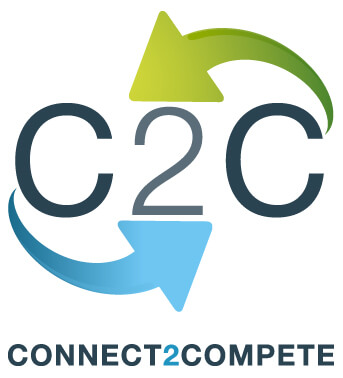
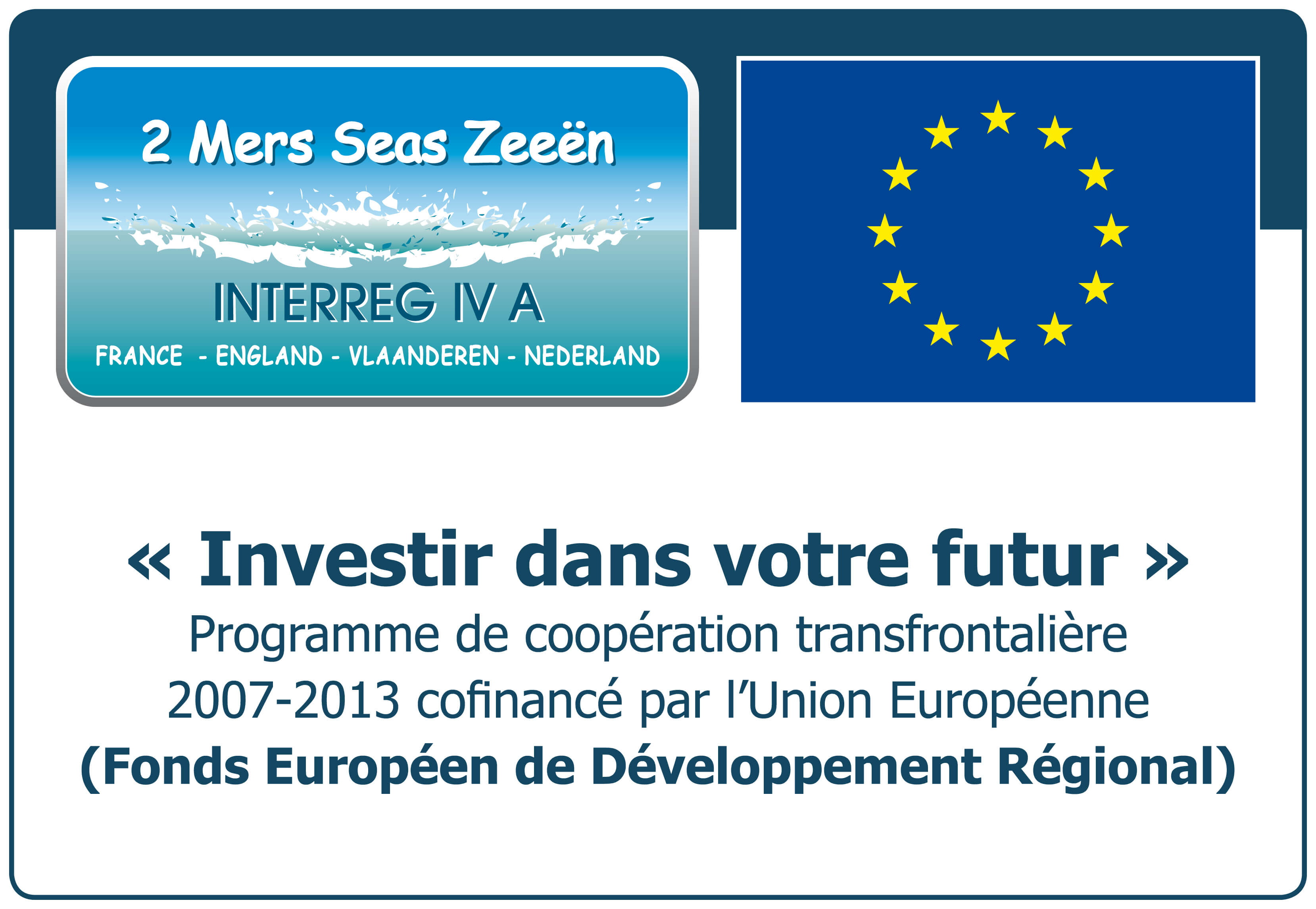 The purpose of the Connect2Compete project is to bolster the competitiveness and accessibility of ports and their hinterland by the development of more sustainable modes of transport.The C2C project (Connect to Compete) is part of the EU-backed INTERREG IVA 2 Seas programme. Launched at the end of 2008, it was completed in June 2011. It comprised the South East England Development Agency (SEEDA), as leader, and the ports of Dover, Shoreham, Portsmouth, Zeebrugge, Ostend and Calais, the Nord-Pas de Calais Regional Council and the Province of West Flanders.
The purpose of the Connect2Compete project is to bolster the competitiveness and accessibility of ports and their hinterland by the development of more sustainable modes of transport.The C2C project (Connect to Compete) is part of the EU-backed INTERREG IVA 2 Seas programme. Launched at the end of 2008, it was completed in June 2011. It comprised the South East England Development Agency (SEEDA), as leader, and the ports of Dover, Shoreham, Portsmouth, Zeebrugge, Ostend and Calais, the Nord-Pas de Calais Regional Council and the Province of West Flanders.
Cooperation between the partners led to full funding of the study launched in October 2009 on the potential for rail development. The objective was to develop modal shifts in order to consolidate and diversify business in the port, while reducing its carbon footprint.
The study identified the existence of Rail Superhighway traffic between the Port of Calais and Northern Europe. A market study and business plan were produced to select the most appropriate Rail solution.
The project also financed 25% of the costs involved in creating the railway sidings for the quayage in the East Port, operational since June 2011.
Trains can thus be routed directly to the quayside from the production facilities. The sidings have been designed to handle intermodal transport.


